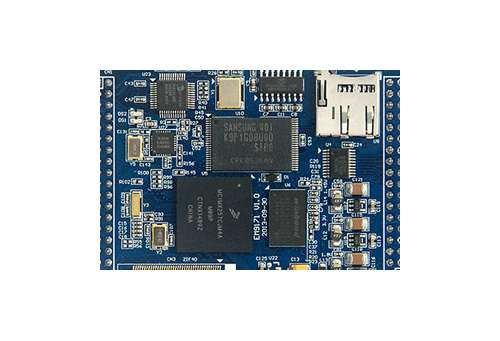As we all know, whether it is a commercial computer or an industrial computer, its core is the main board. Because the industrial main board has a wider range of applications and a worse environment for use, users have higher requirements for their functions, compatibility, and reliability. So how do we select the type of industrial control board when buying, how to determine the advantages and disadvantages? Industrial control motherboard manufacturers with many years of experience in industrial computer production to share some of the experience here.

1, motherboard layout
The layout of the IPC main board is mainly reflected from the arrangement of the components on the IPC main board and the alignment of the lines. A good IPC motherboard looks like a beautiful piece of art in the eye of a professional. Now some IPC motherboard manufacturers can gain a firm foothold in the market in order to save costs and lower their prices. Not only will the number of board layers be reduced, but they will also have corresponding adjustments in the material components of the IPC motherboards, only to meet the needs of the chipset. The basic performance requirements, this cost reduction approach is a test of the vendor's IPC motherboard design layout capabilities. Putting as many expansion bits in a smaller space, but also maintaining stability and limiting interference, the rationality of the layout design of IPC motherboards is particularly important. A little unreasonable design can lead to crashes. In this case, it is easy for manufacturers with weak power to make mistakes in these areas. The unstable and poor performance of the motherboard is caused by this! Therefore, we must choose the manufacturers that have been doing for many years when selecting the manufacturers. Hard vendor.
2, CPU
The choice of chipset is the first choice for motherboard selection. The support provided by different motherboard chipsets is different. At the same time, the price is also different. It cannot be a one-sided selection of a high-end and its own high-end features Motherboards cannot be selected for a board that is not suitable for their own needs due to the low cost of the board. The principle of the board selection is “to suit oneself and meet their own needs”.
3, interface configuration
The interface part often reflects the positioning of a motherboard and the provided functions. Although for most users, the dual network ports and multi-serial ports provided by the interface may not be able to be used, but for users in need, This is all the more important. At the same time, the number of USB ports can also affect the use of the device. In the interface part, it is able to explain the positioning of a motherboard. The interface provided on the high-end motherboard is relatively abundant, and on the low-end motherboard, it is able to save the province. Such a province is not a bad thing. After all, any The function is ultimately required to pay for the user, and unnecessary interfaces are unnecessary, but if necessary, be sure to pay attention!
4, raw materials
The main workmanship of the IPC main board is based on two aspects: 1. The PCB (printed circuit board) workmanship. The quality of the PC board with guaranteed quality is basically the same, the finish is good, and the general quality that looks shiny is better. The general standard for the number of PCB boards is 4, 6 layers, and of course, the quality of 6 layers is much better. 2, SMT (Surface Mount) components work. Mainly through the observation of certain component placement accuracy to determine whether the motherboard production process is excellent, standard component placement accurate, no offset.
How is the performance, compatibility, and reliability of the motherboard tested? These tasks are usually done by the design and certification department of the R&D team. In comparison, performance tests are easier, and test equipment can be tested with simple devices such as CPUs, memory modules, hard disks, and power supplies. The key is to carefully test each performance item. The compatibility test is much more complicated. To test the compatibility of the main board with popular mainstream operating systems, industry application software, and devices in the market is indeed a job that requires a lot of money, manpower, and time. For industrial users, the main concern is the reliability of the motherboard. Reliability tests include high temperature testing, low temperature testing, humidity testing, vibration testing, drop testing, antistatic testing, and lightning testing.

